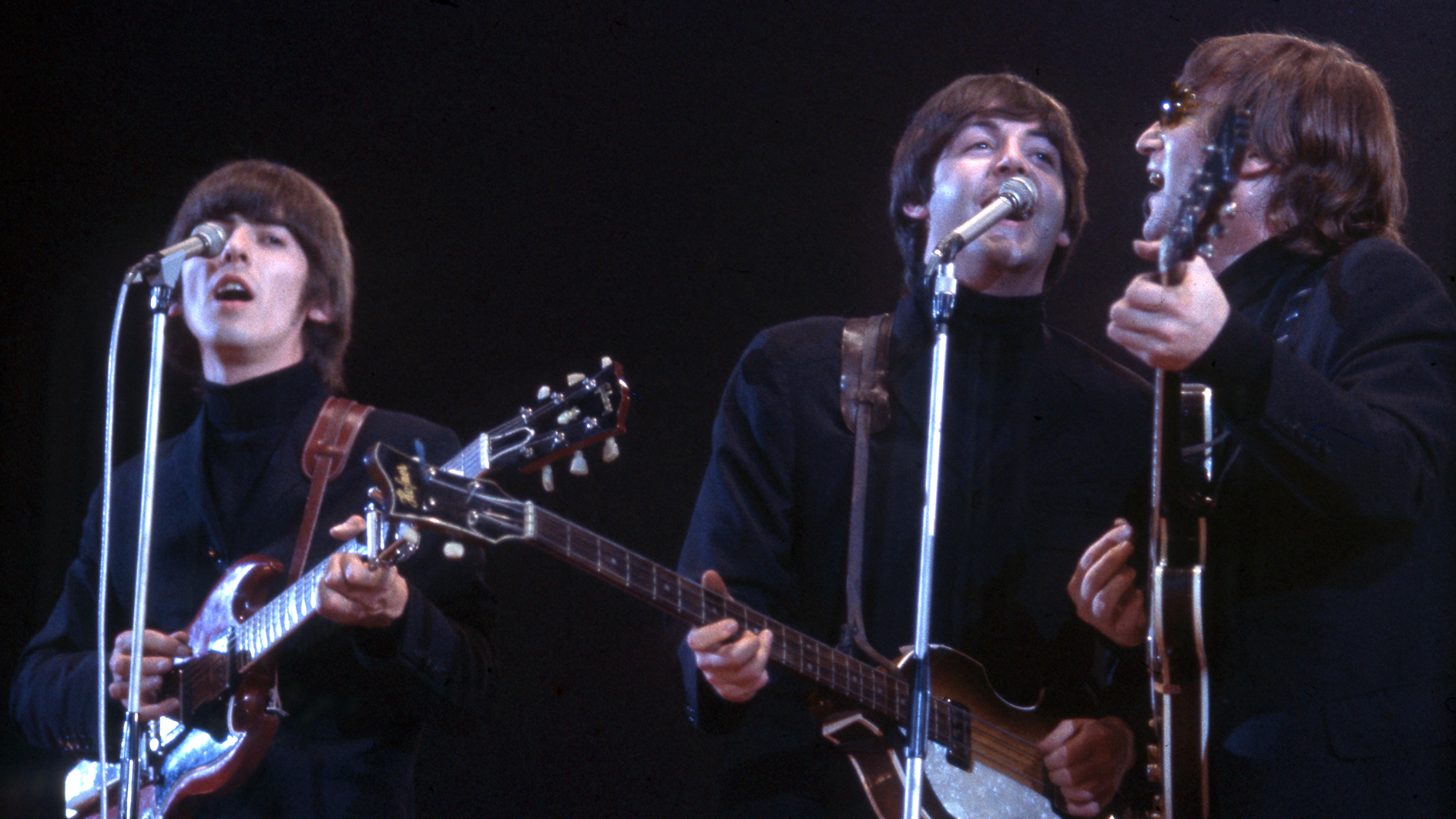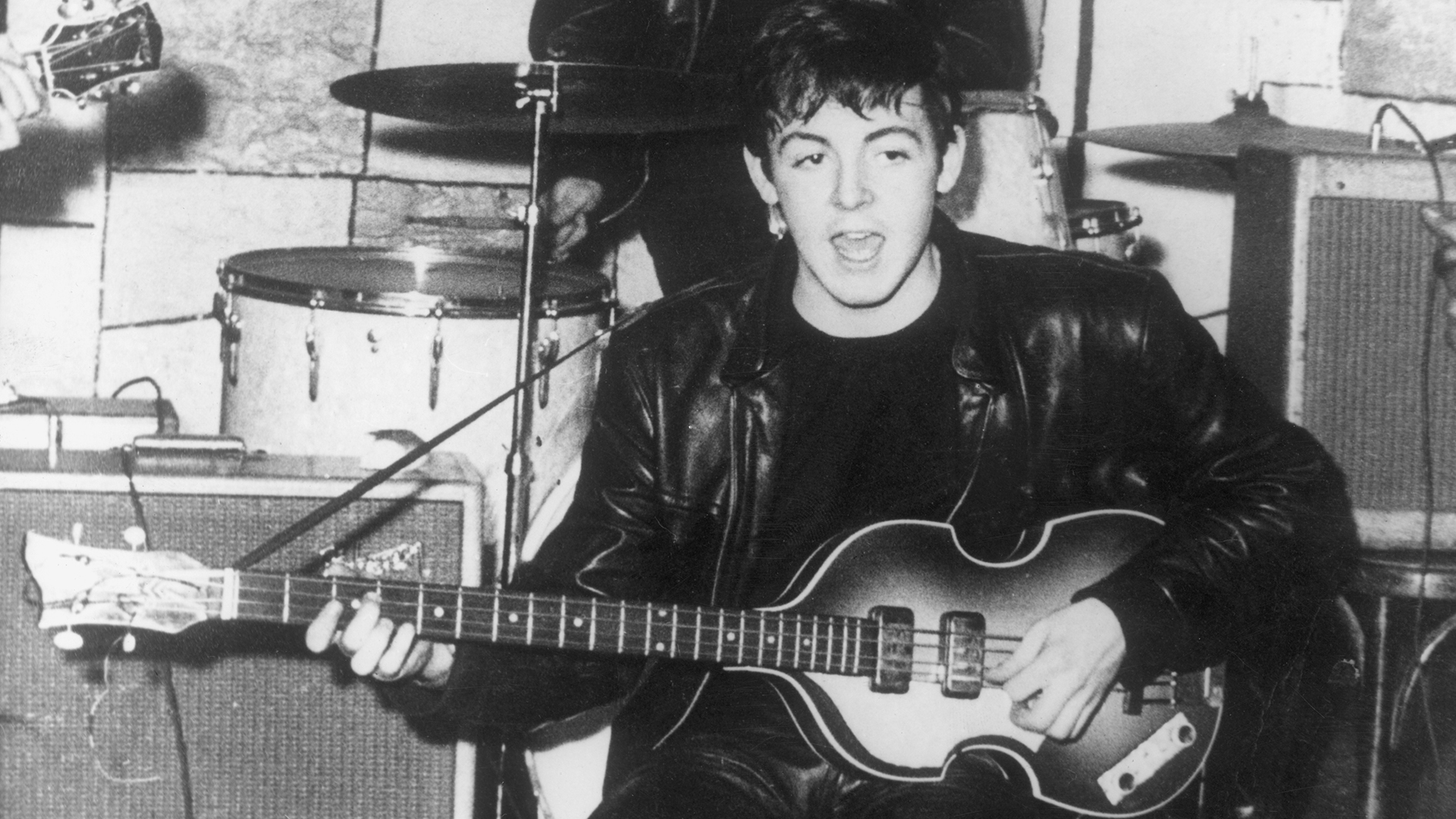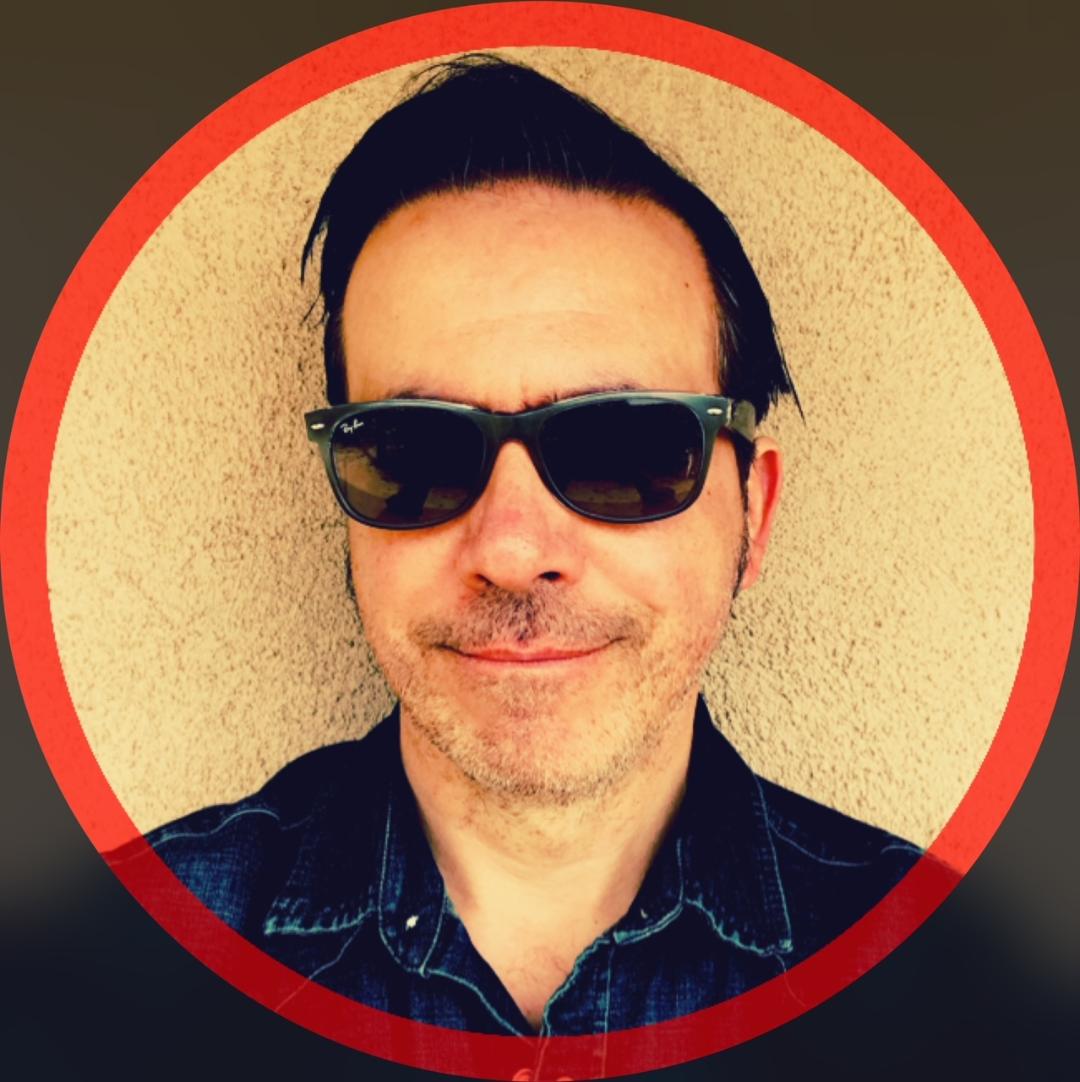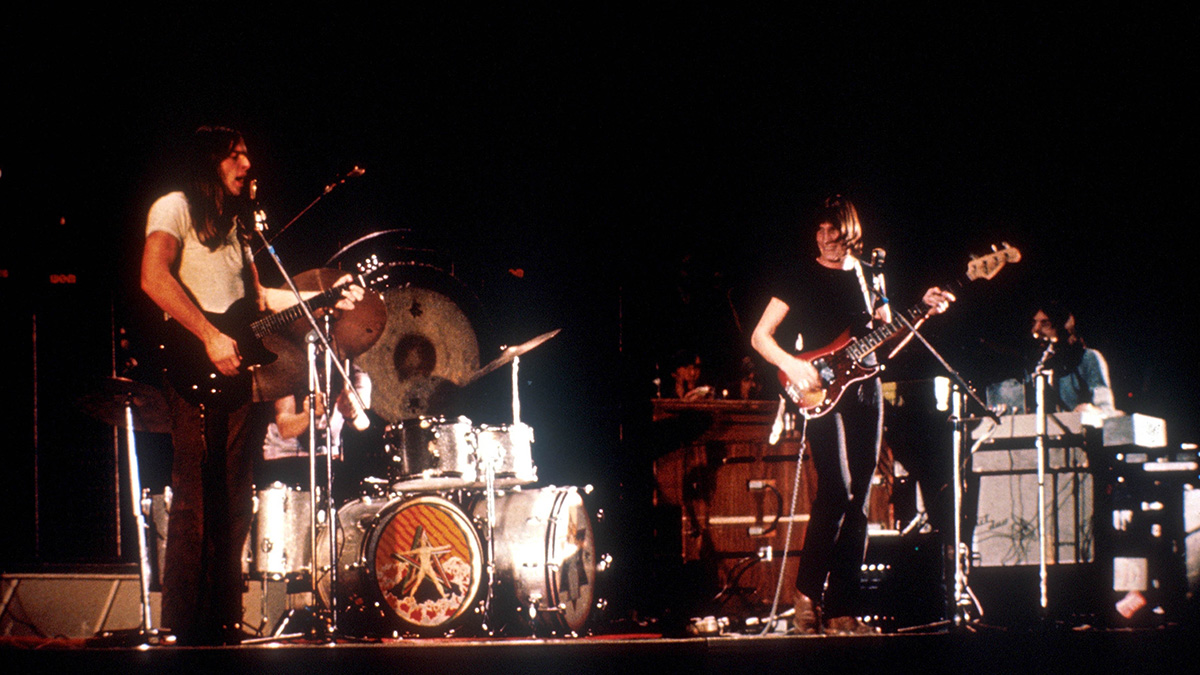The guitar gear behind the Beatles' Let It Be sessions
The instruments beloved of John Lennon, Paul McCartney and George Harrison

The footage from the Let It Be sessions leaves no question as to the band’s gear choices during that time. George Harrison is often seen playing his custom-made rosewood Fender Telecaster (serial number 235594), which he later gave to Delaney Bramlett, and “Lucy,” the 1957 Gibson Les Paul Standard electric guitar (refinished to cherry red) given to him by Eric Clapton and famously seen in the Revolution promo film.
John Lennon is rarely seen without his stripped-down Epiphone Casino. Paul McCartney uses his 1963 Hofner 500/1 exclusively, although he can be seen playing his 1961 500/1 at Twickenham Film Studios (that model was stolen soon after filming - read on for the full story…), while his Rickenbacker 4001S was also present, but only as a backup.
In terms of acoustic guitars, Harrison and Lennon often shared Harrison’s Gibson J-200, and McCartney plays his Martin D-28 on Two of Us. When McCartney is in six-string mode, Harrison and Lennon take turns laying down the bottom end with another type of six-string, the Fender Bass VI, a six-string bass (Lennon can be seen playing it on Dig It — although it should be noted that Harrison plays "bass" on his Rosewood Tele on Two of Us and Maggie Mae).
Lennon also plays the bouncy solo on For You Blue on a Hofner Hawaiian Standard slide guitar.
Fender provided the amplification, with Harrison and Lennon playing through 85-watt Silverface Twin amps with vibrato circuits and reverb and McCartney using a 50-watt Silverface Bassman head and tall Bassman cabinet (Harrison and Lennon also played through the Bassman rig when using the Fender Bass VI).
Additionally, Harrison played through a Leslie 147RV revolving speaker cabinet, as heard in countless hours’ worth of studio outtakes and on his Telecaster solo on the single version of Let It Be.
#tracethebass

Speaking of Beatles gear, the gang at Hofner recently launched their #tracethebass campaign, which aims at tracking down McCartney’s stolen Hofner 1961 500/1.
Get The Pick Newsletter
All the latest guitar news, interviews, lessons, reviews, deals and more, direct to your inbox!
“Someone, somewhere, knows what happened to this bass and someone knows if it still exists and where it is now,” reads the Hofner website. “This information is out there if only someone would provide it. We strongly believe it is time for this bass to return to its owner, Paul McCartney, if it still exists.
"It is such an important instrument, we all deserve to see it again. So we offer the following to anyone who can positively give information about the bass:
- We would handle any information in total confidence.
- We do not need to know your identity if you prefer.
- We can collect the bass from anywhere.
- Total anonymity.
- No recriminations.
- No question of the authorities being involved.
Here are the specs:
- Solid spruce top
- Maple back and sides
- 1-piece flat back
- 3-piece neck (maple-beech-maple)
- Two diamond logo pickups with no poles
- Van Gent 'rugby ball' tuners
- Long tailpiece with arched thin bar"
If you have any real information about this bass - no conspiracy-theories! - please write to thelostbass@hofner.com.
For more on this topic, head to Google and search for “Hofner #tracethebass.”

Damian is Editor-in-Chief of Guitar World magazine. In past lives, he was GW’s managing editor and online managing editor. He's written liner notes for major-label releases, including Stevie Ray Vaughan's 'The Complete Epic Recordings Collection' (Sony Legacy) and has interviewed everyone from Yngwie Malmsteen to Kevin Bacon (with a few memorable Eric Clapton chats thrown into the mix). Damian, a former member of Brooklyn's The Gas House Gorillas, was the sole guitarist in Mister Neutron, a trio that toured the U.S. and released three albums. He now plays in two NYC-area bands.
“When I first heard his voice in my headphones, there was that moment of, ‘My God! I’m recording with David Bowie!’” Bassist Tim Lefebvre on the making of David Bowie's Lazarus
“I said, ‘Let’s get Hendrix to play on it.’ His manager said, ‘Jimi’s playing shows back-to-back.’ So we got Jimmy Page”: The hit ’60s single that was supposed to feature Jimi Hendrix… but ended up with Jimmy Page








![John Mayer and Bob Weir [left] of Dead & Company photographed against a grey background. Mayer wears a blue overshirt and has his signature Silver Sky on his shoulder. Weir wears grey and a bolo tie.](https://cdn.mos.cms.futurecdn.net/C6niSAybzVCHoYcpJ8ZZgE.jpg)

